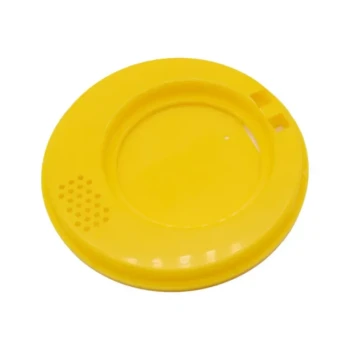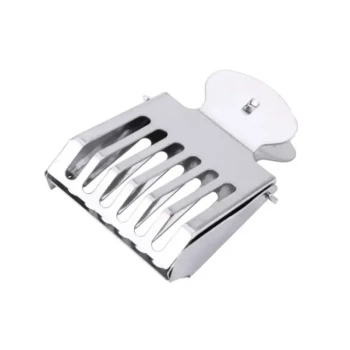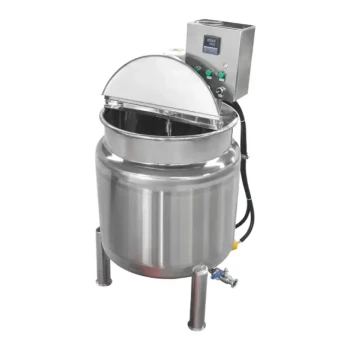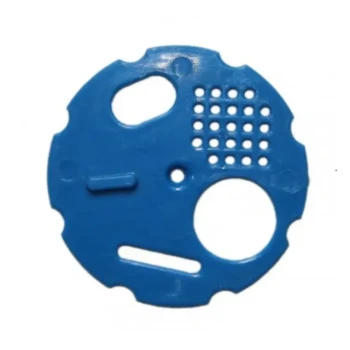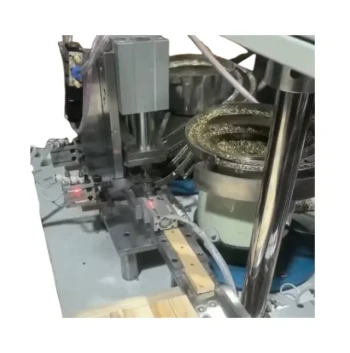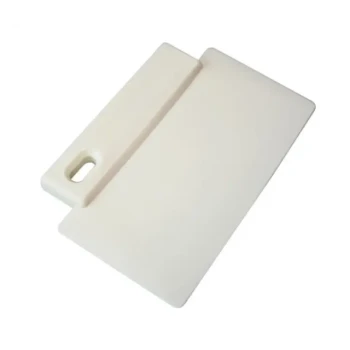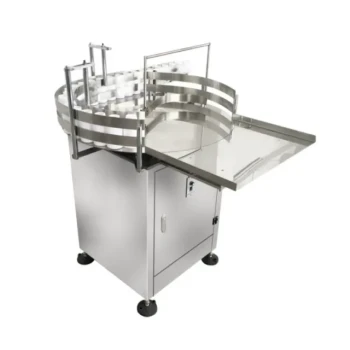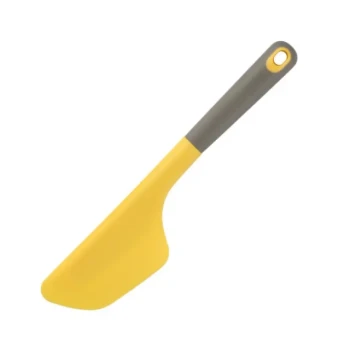To feed dry pollen substitute, the most common method is open-air feeding. This involves placing the dry powder in a weather-protected container near your hives, allowing the bees to forage on it as they would a natural source. This approach gives the colony the option to collect the substitute if they determine it's needed.
The core principle is to provide dry pollen substitute as an optional resource, not a forced meal. It is an effective tool to stimulate brood rearing before natural pollen is available, but it becomes a wasted effort if offered when bees have access to adequate natural forage.
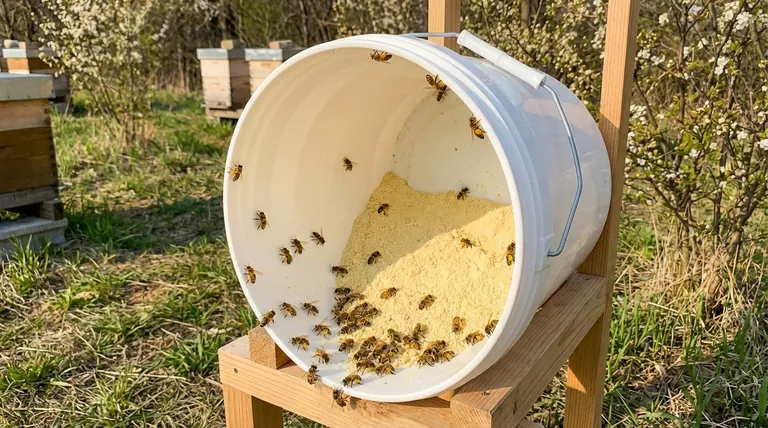
Why Offer a Dry Pollen Substitute?
Understanding the purpose of a pollen substitute is key to using it effectively. It is not a complete replacement for natural pollen but a strategic supplement to manage colony population.
Fueling Brood Production
Pollen is the bee's primary source of protein, lipids, and vitamins. These nutrients are essential for nurse bees to produce brood food (royal jelly) and for the healthy development of larvae. A lack of protein directly limits the queen's ability to expand the colony's population.
Bridging a "Forage Gap"
Beekeepers typically offer substitutes in late winter or early spring. This is a critical period when the queen begins laying eggs, but flowering plants providing natural pollen have not yet emerged. The substitute bridges this nutritional gap, allowing the colony to build its population in time for the main nectar flow.
Giving the Bees a Choice
Unlike internal pollen patties, open-air feeding of dry substitute is optional for the bees. Some colonies may eagerly collect it, while others may ignore it entirely, especially if they can find natural sources. This behavior gives you valuable feedback on the nutritional needs of your colonies and the availability of local forage.
The Practical Steps for Open Feeding
Setting up a dry feeder is simple and requires minimal equipment. The goal is to make the substitute accessible while protecting it from the elements.
Choose a Simple, Protected Feeder
A highly effective feeder can be made from a plastic jug, a five-gallon bucket, or a similar container. Simply place the container on its side and cut out the top portion, creating an opening that shields the contents from rain and wind.
Place the Substitute Inside
Once your feeder is in place, pour the dry pollen substitute directly inside. There is no need to mix it with anything. Foraging bees will find the powder, pack it into their pollen baskets, and carry it back to the hive.
Select the Right Location
Position the feeder in a sunny, protected spot near your apiary. Place it at least 50-100 feet away from the hives to prevent it from triggering defensive behavior or robbing between colonies.
Understanding the Trade-offs and Risks
While beneficial, feeding pollen substitute is a strategic decision that comes with potential downsides if not done correctly.
The Risk of Wasted Resources
The most common mistake is feeding when it isn't necessary. If your bees are already bringing in large amounts of diverse, natural pollen, they will likely ignore the substitute. It is crucial to observe your hives and local forage before investing time and money in feeding.
The Danger of Poor Timing
Stimulating brood production too early can be detrimental. A large population of young bees that emerges before there is adequate nectar to collect can quickly consume the hive's winter stores, leading to starvation. Only begin feeding 4-6 weeks before you expect consistent natural forage to become available.
Dry Feeding vs. Pollen Patties
It's important to distinguish between the two methods. Dry substitute is fed openly and is optional. Pollen patties, a mixture of substitute and sugar syrup, are placed directly inside the hive on top of the frames. Patties are a more direct and forceful way to ensure a colony consumes protein.
Making the Right Choice for Your Apiary
Your decision to feed should be based on a clear goal and observation of your specific environment.
- If your primary focus is stimulating early population growth before natural pollen is available: Offer a dry substitute in a protected, open-air feeder on warm, dry days.
- If your primary focus is supporting a colony during a mid-season pollen dearth: Dry feeding is a viable option to supplement poor natural forage.
- If your colonies already have access to abundant and diverse natural pollen: Do not feed a substitute, as it is an unnecessary expense and will likely be ignored.
Ultimately, using a pollen substitute is about working with the colony's natural cycle to ensure they have the resources they need, precisely when they need them.
Summary Table:
| Key Aspect | Why It Matters |
|---|---|
| Feeding Method | Open-air feeding allows bees to forage naturally, giving them a choice based on need. |
| Best Timing | Late winter/early spring, 4-6 weeks before natural pollen is available. |
| Primary Goal | Stimulate brood production to build colony strength for the main nectar flow. |
| Key Risk | Wasted resources if natural pollen is abundant; can lead to starvation if timed poorly. |
| Ideal For | Commercial apiaries and distributors managing large-scale colony health and productivity. |
Ready to ensure your colonies have the protein they need for a strong start?
As a commercial beekeeper or equipment distributor, consistent, high-quality nutrition is key to your operation's success. HONESTBEE supplies the reliable, bulk pollen substitutes and durable feeding equipment you need to manage forage gaps effectively across your apiaries.
Let us help you optimize your feeding strategy for maximum brood production and honey yields. Contact our wholesale experts today to discuss your bulk supply needs.
Visual Guide

Related Products
- Brown Nicot Queen Cell Cups for Breeding Queen Bees Beekeeping
- Electric Honey Press Machine for Squeezing Honey Comb Press Equipment
- 10L Stainless Steel Electric Honey Press Machine
- Circular Labyrinth Bee Escape for Efficient Hive Management
- Long Langstroth Style Horizontal Top Bar Hive for Wholesale
People Also Ask
- How many cells are given to a nucleus? Understand the One-to-One Rule in Cell Biology
- Why is it important to select a healthy larva less than 24 hours old for queen rearing? Maximize Queen Quality and Colony Strength
- How are the queen cells raised after removing the plugs? Master the Art of Queen Rearing
- How does Queen Rearing with JZBZ work? A Reliable System for Consistent Queen Production
- What are the signs that a queen cell is about to emerge? Master the Critical Timing for Hive Success



